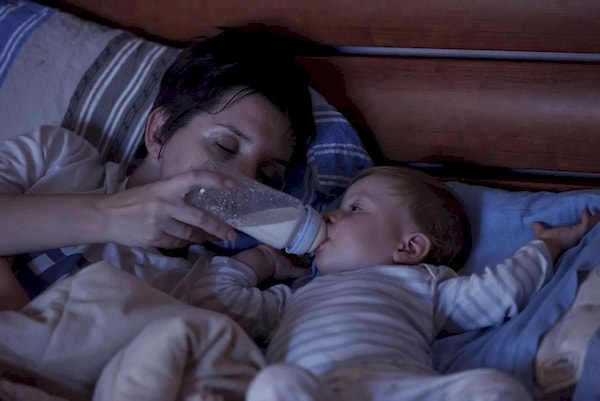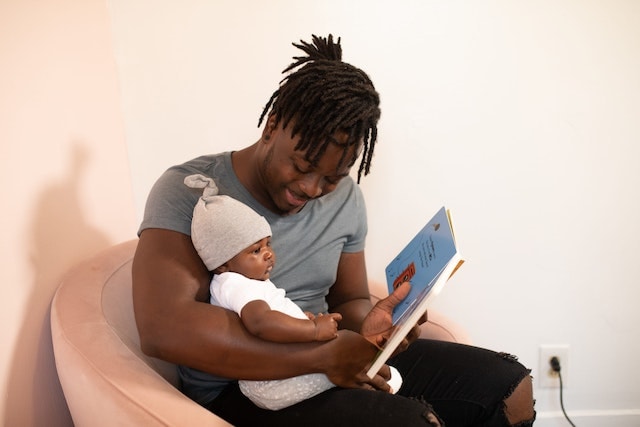4 Interesting Facts About How Children Sleep
When individuals make use of the phrase “sleeping like a baby,” they’re most likely not being literal, and that’s because new moms and dads are typically tired and spent trying to discover strategies for getting their newborns to sleep.
While we can’t alleviate the fatigue of taking care of a child, we can help you stress a little less and comfort in the reality that some of your child’s sleep practices are not a cause for caution but are features of health. These are:
#1 Child Sleep Patterns Are Unlike Adult Sleep Patterns
Grownups depend on body clocks to regulate their sleep patterns– that is, the timing and period of sleeping hours– however, newborns don’t have a built-in biological clock already ticking.
These patterns take time to set, so infant sleep schedules are unforeseeable and erratic. A typical infant will not have a regular sleep pattern up until they’re about three to six months old.
Even after sleep patterns become established, children will still sleep differently since they do not go through the sleep phases the same way grownups do. We go through one sleep cycle– from light sleep to REM– around every 90 minutes.
Infant sleep cycles last only about 50 minutes, and they don’t catch up to the adult requirement until they pass the infant stage.
#2 Infants Are Light Sleepers
You most likely understand this already; however, have you asked yourself why?
For one, it has to do with those shorter sleep cycles. Infants, especially babies, may, in fact, awaken in between full cycles, so it’s not a lot of light sleeping as it is, in fact discovering how to sleep properly.
Children invest about the same quantity of time in non-REM (peaceful) and REM (active) sleep, whereas grownups only invest about 20% of their rest in REM sleep.
Deep sleep takes place prior to REM sleep and is the last of the three stages of NREM (non-rapid eye movement)– the other two belonging to light sleep.
What does this all suggest?
Not only is the infant sleep cycle much shorter, however it also includes less deep sleep.
It can take up to 20 minutes of light sleep before your infant enters into a deep rest, and then REM sleep takes place shortly after.
This cycle is part of why they need to sleep so often.
#3 Every Infant Has Different Daytime Nap Routines
Clinicians typically prescribe several naps per day, depending on age range– three to four naps from 3 to 5 months old, two to three naps from 6 to 9 months old, and up to 2 naps into the toddler ages. Newborns don’t really nap. They instead are awake for short spells between sleep cycles of 2 to 4 hours at a time throughout the entire day.
Your infant’s natural sleep habits may be close to this or completely different– depending on factors such as personality, environment, everyday routine, and more.
However, if your child’s naps are abnormally brief, they snooze regularly or sleep through the night with relative ease– waking only to feed– that’s fine.
However, if your baby naps for more than half an hour takes fewer naps overall, that’s great.
What’s crucial is the overall number of hours spent sleeping each day– about 11 to 18 hours, depending on the child’s age.
The point is that your infant hasn’t checked out the baby books you have, and they do not understand what their pediatrician communicates during examinations.
As long as they’re pleased and healthy, differing standard daytime sleep practices isn’t such a big offer.
#4 Babies Learn and Process Information Even During Sleep
Contrary to what some may believe, children get a lot of sleep.
This is excellent news since sleep influences learning and memory. Infants spend as much as 75% of their time in sleep. From training themselves to recognize their moms and dad’s voices to determining working non-verbal hints to express sensations like cravings or discomfort– and much, much, more– children discover and evaluate the limitations of their environment continuously when they’re awake.
What they discover is then combined and strengthened by durations of sleep between their waking minutes.
You May Also Like
Sleep Troubles And Nighttime Feedings
Although your child might stop regular nighttime feedings on his own …
Sleep Struggles – Why Do Children Cry As They Learn How To Sleep
You don’t wish him to cry. For all that to happen, he needs to sleep …
Single Father by Choice
While many iconic single fathers were thrust into single parenthood …






